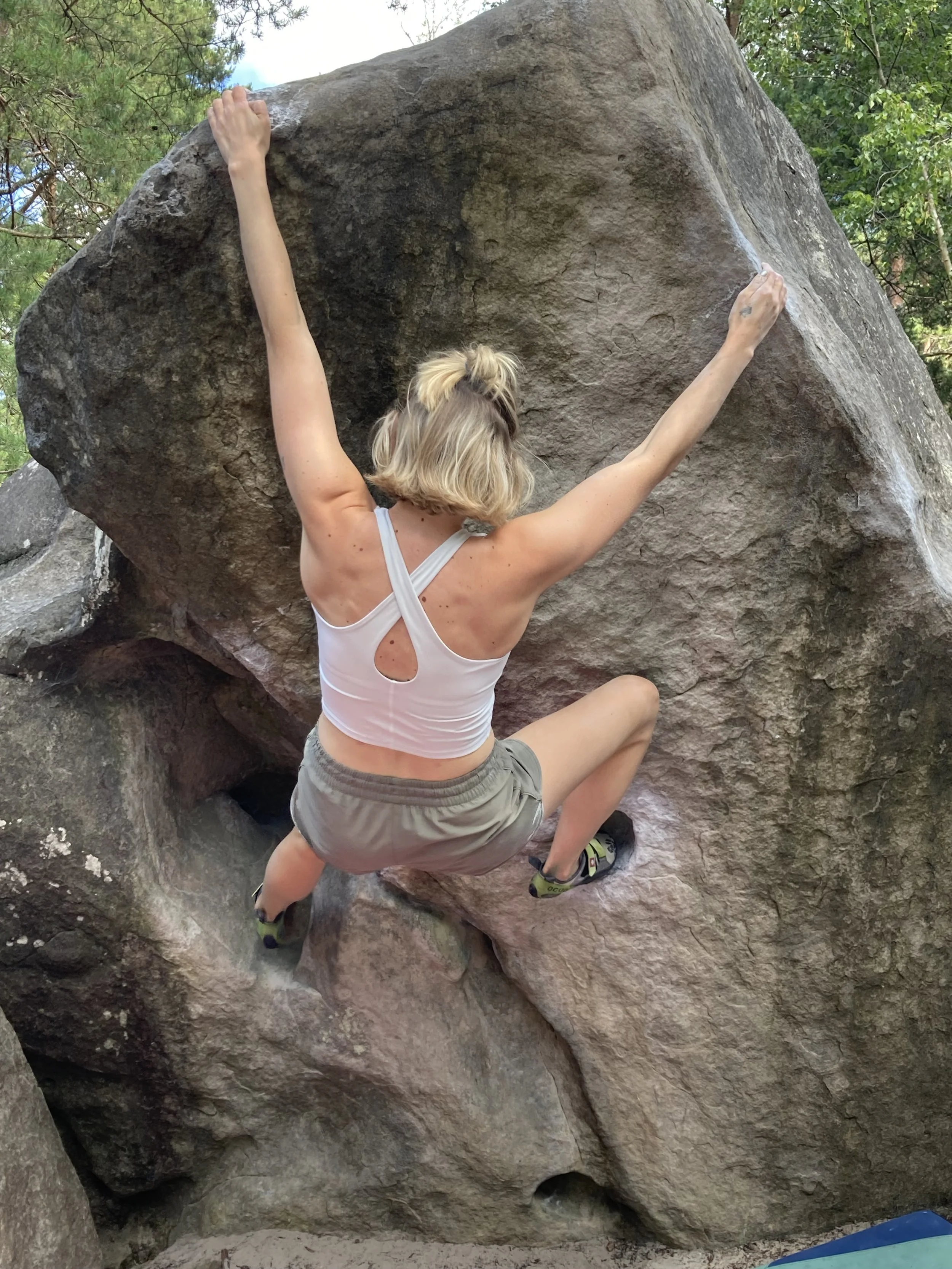Hope for Rescue
Sometimes in the dark, painful, or confusing places, there is no way to clear the fog. There is no way to bring understanding or climb your way out. In the shadowy places, it might not feel like a season of growth but a swamp you can’t navigate…endless and murky.
We might try to “think positively,” minimize the pain, explain it away, or eat pints of ice cream!
I have learned a lot about shame over the years. My swampy shame in particular. It’s that voice that yells incessantly, “I am bad, I don’t want to be seen or what is wrong with me that I can’t…” fill in the blank. Shame can show up as defensiveness, being overly critical of self or others, hiding, averting our eyes, a slumping body posture, being overly organized or saying things like, “He got the better end of the deal in this marriage.” Shame says I do not deserve to be here. I am wrong and I will spend an eternity trying to dampen the pain of it and of being seen. Shame keeps us from living free, full, wild, and joyful lives. It keeps us from risking and from deeper and more intimate relationships. It is part of being human.
Shame, for me, has been pervasive and consuming, often feeling like it is my identity. Shame is the most ghastly, confining, and unbearable emotion. There is no formula for getting rid of it, either. In fact, if you are a Christian and believe in the original trouble we got into in The Garden of Eden, you will have to learn to name the telltale signs of shame and wrestle with it for a lifetime.
When I am in a shame storm, it is a dark, painful AND confusing place to be. Several years ago after a particularly difficult meeting, a door slammed down on my soul and I was lost behind the curtain of a ubiquitous shame storm. I did not want to be seen in this state of wordless confusion, but I knew enough at this point to risk asking friends to sit with me. I did not know what to say and had few adequate words. Shame is hard to describe, especially when you are in it, I just knew I did not want to be lost and alone. It felt like I was trying to get my bearings in the middle of being swept up into the swirl of a category 5 hurricane.
They honored my risky request and came to my aid. They didn’t know what to do either but they knew the best option would be to just be with me. Like Old Bess, I was in terrible trouble. And like Cynthia in the story, my friends stayed with me.
After a few minutes of trying to communicate what was wrong, one friend leaned toward me and asked, “What do you see in our faces?” It stopped us all, silence fell, and as I slowly, quietly, and like a frightened child, looked around the room, one face at a time, I saw and received what she was hoping I would see. It was not disgust or impatience, or dismissiveness.
Four faces with so much love and affection were smiling at me with kindness. Welcoming tears were running down their cheeks. In those moments, I knew I was not alone. The shame subsided and like a tire releasing pressure, I wept. They helped me birth my shame, came with ropes and helping hands to rescue me from the dark place. And for a while, I found rest from the storm in those faces.
There is so much to say about shame and its consequences on our lives. If you want a clear and easy way to understand more about it, you can read: Understanding and Treating Chronic Shame: A Relational/Neurobiological Approach by Patricia A. De Young
